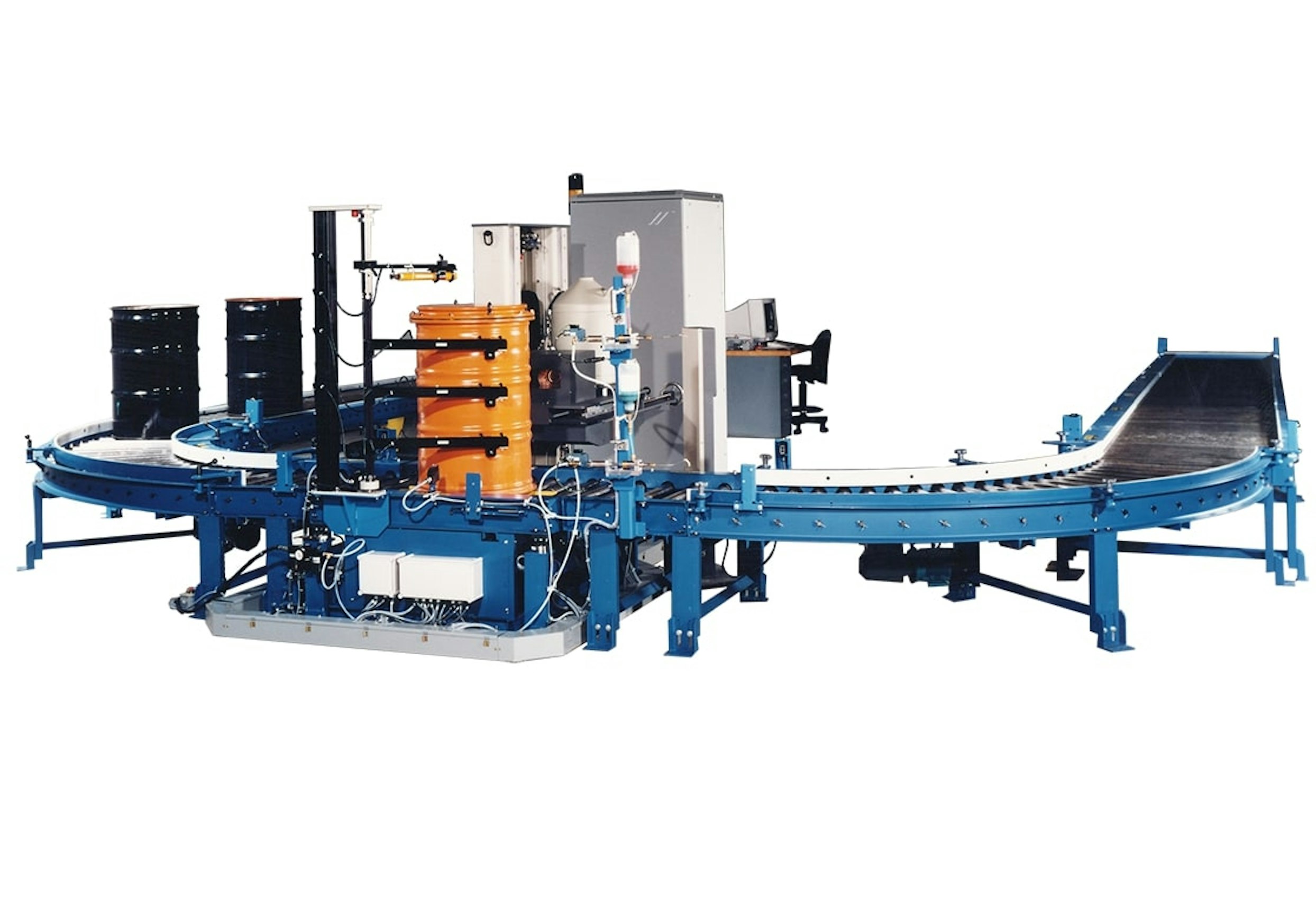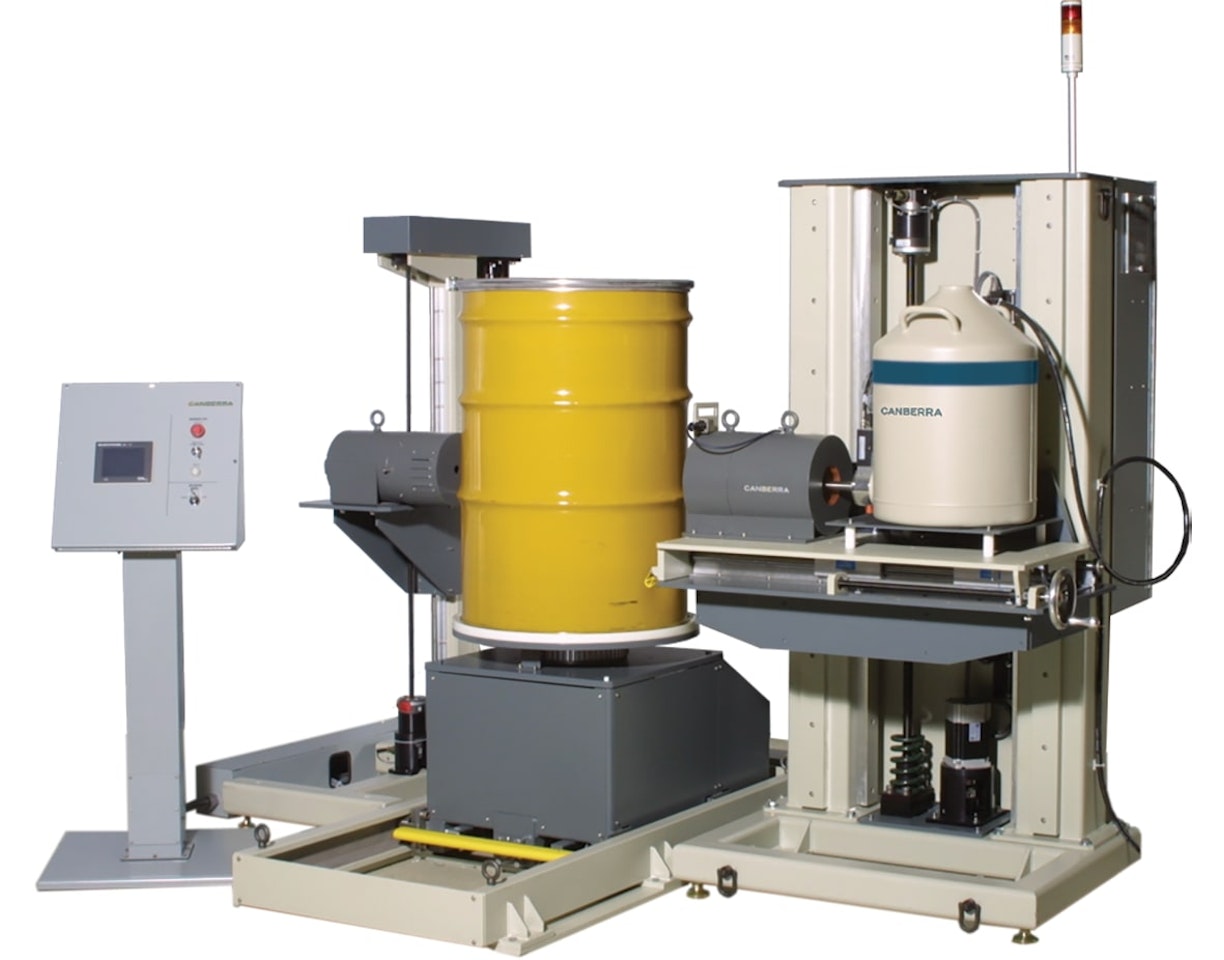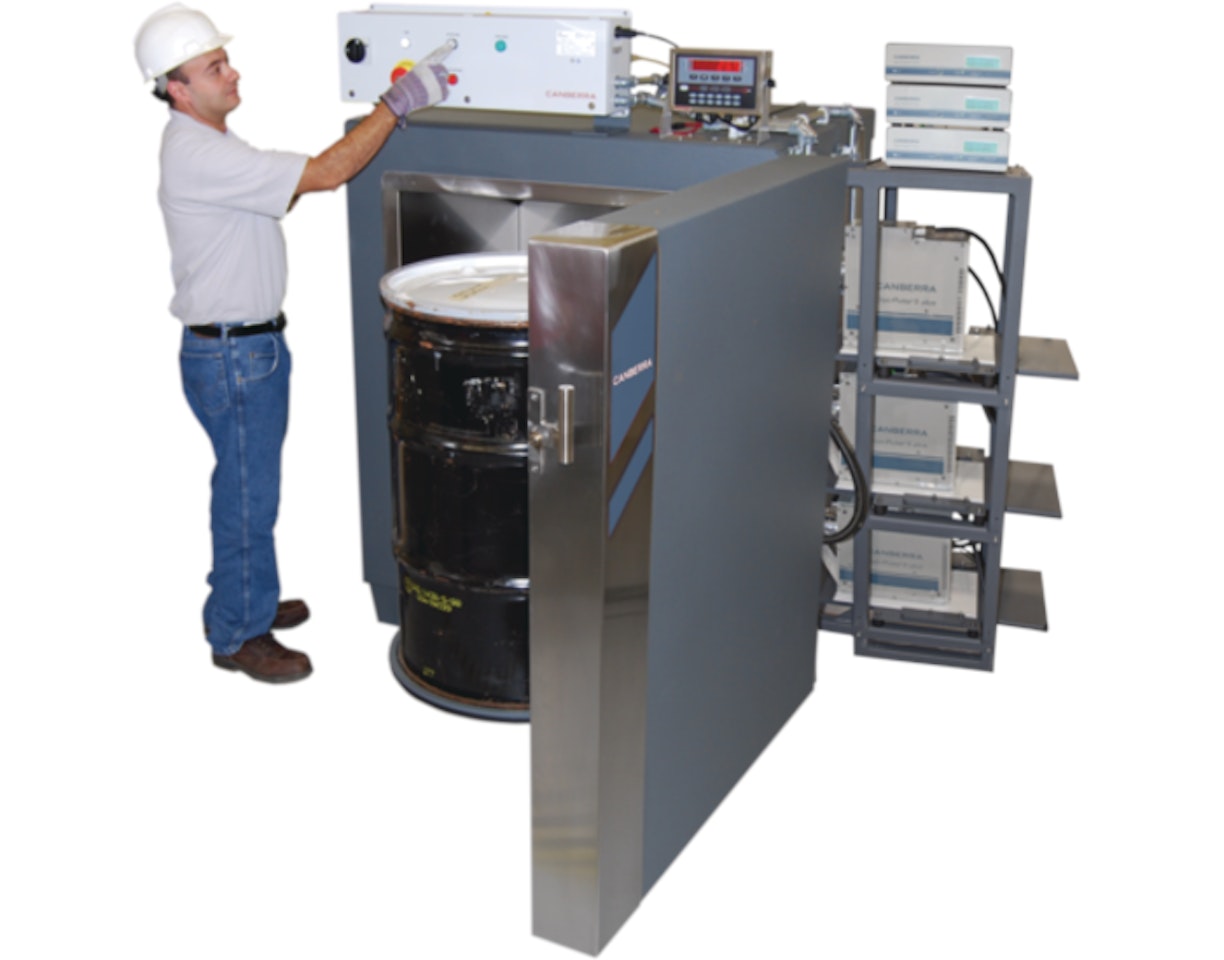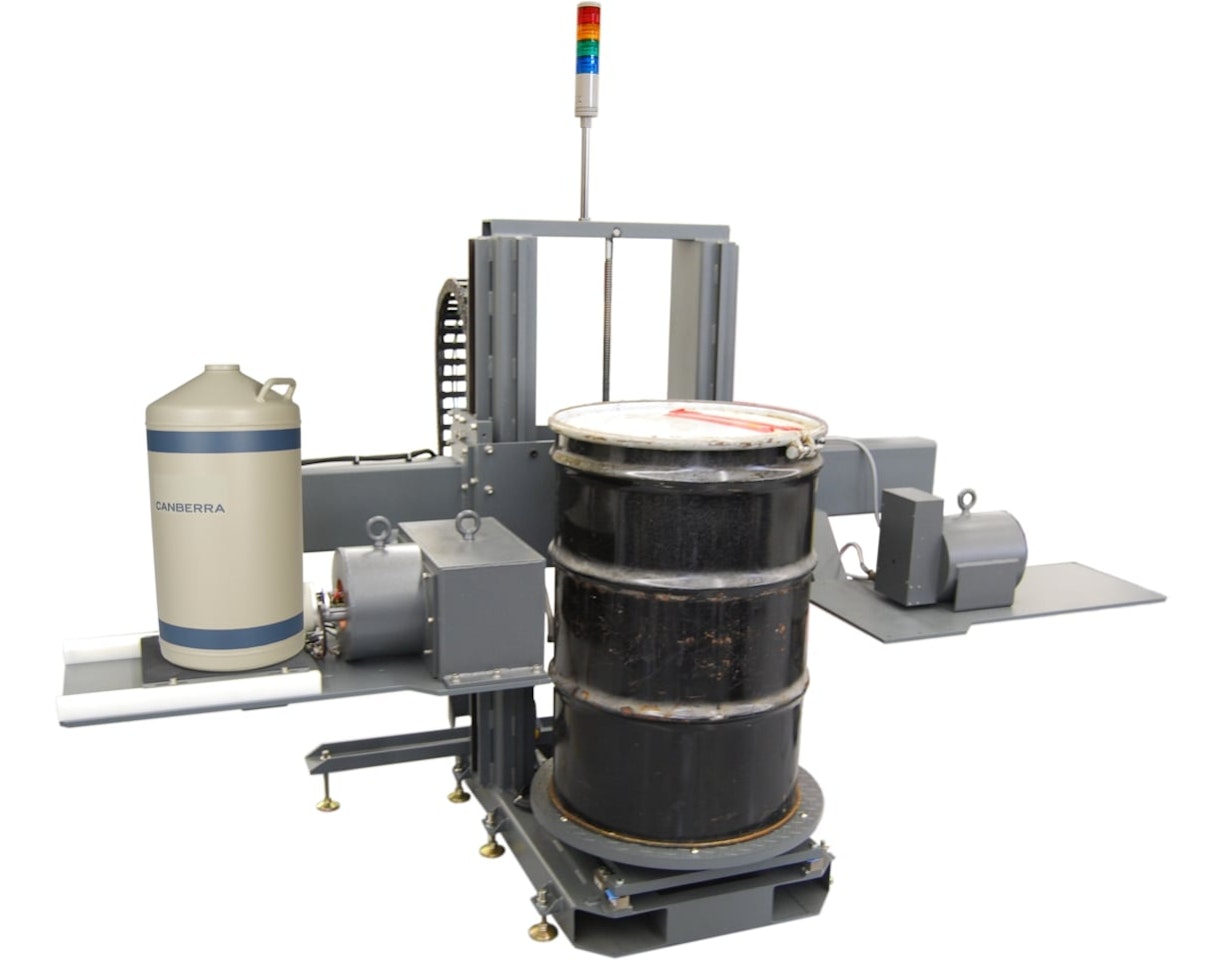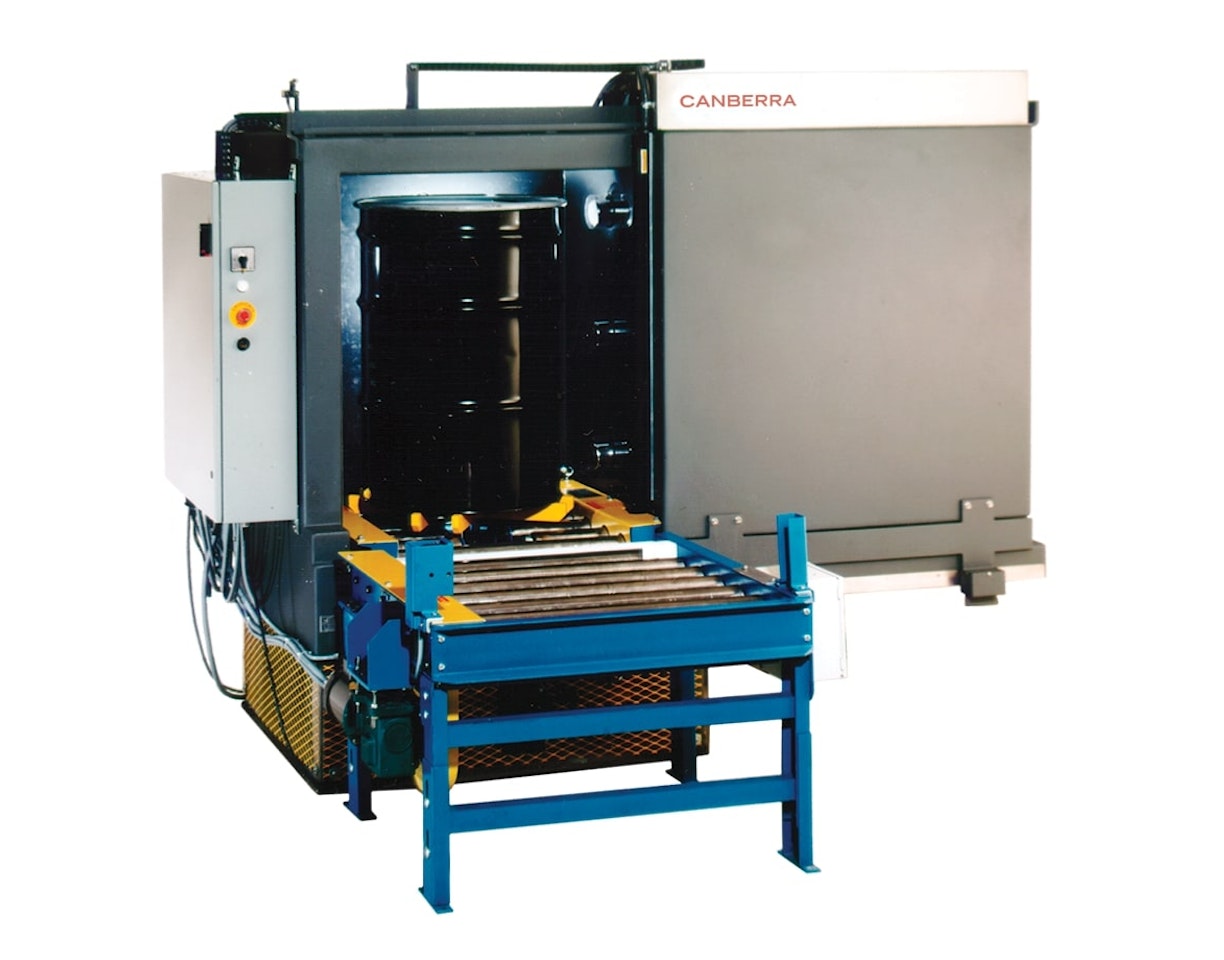
Auto Q2™ Low Level Waste Assay System
The system is designed to quantify plutonium and uranium in 200 L drums at levels below 10 nCi/g and at the same time perform plutonium isotopics measurements on drums containing less than 10 mg of plutonium.
The system is designed to quantify plutonium and uranium in 200 L drums at levels below 10 nCi/g and at the same time perform plutonium isotopics measurements on drums containing less than 10 mg of plutonium.

